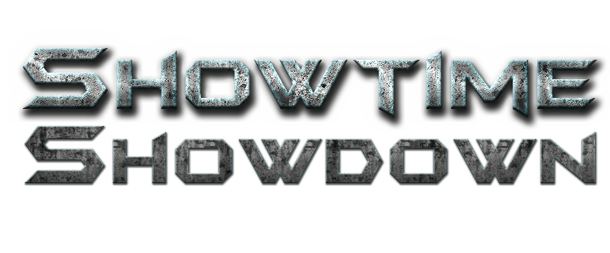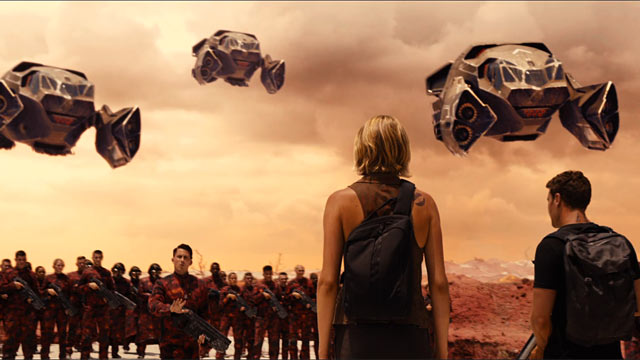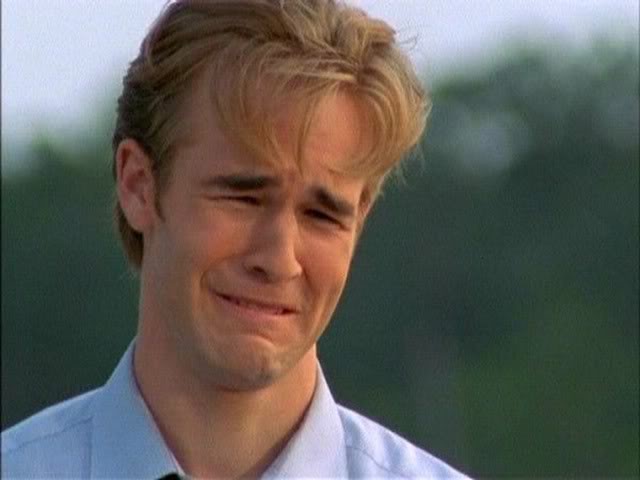The Divergent series was always billed to be “The Next Hunger Games.” As we saw that franchise conclude late last year, we can see how poorly that went. That may have been a possible goal for Divergent to reach. It was rational to hope for one good movie, much like Hunger Games had its Catching Fire.
As is par for the young adult adaptation course, the final book in the series has been divided into two movies. However, I’ll be the first one to admit my surprise that this franchise has enough content that it could rationally be broken up between two movies. That is something that not even Harry Potter and the Deathly Hallows could claim.
To understand where Tris and her gang of rebels are now, let’s trace their steps back from the beginning. In Divergent, Tris (Shailene Woodley) is sorted into a house/career in a post-apocalyptic utopian Chicago. (See also: The Giver) She learns that she isn’t meant for any particular path and is an anomaly known as a Divergent. Life is semi-peaceful until one faction attempts to wipe out the others and Tris personally takes on a villain named Jeanine. These events immediately carry over to Insurgent, where Tris cuts her hair, while she and Four (Theo James) flee from Jeanine and her Dauntless soldiers. Jeanine needs Tris to unlock a glowing box that is intended to provide a message from The Founders.
As Allegiant begins, it seems that Tris has finally freed the people of Chicago from nefarious leaders. However, even as the factions become meaningless, people are quick to take power and start ruling the ruins with an iron fist. Tris and her trusted allies flee past the wall, through the desolate wasteland and find that there is a larger community and a seemingly greater purpose behind the city she once resided in.
I’ll leave the plot there because, if I were to give as much exposition about the reasoning behind the overall strategy, it would be several pages long. In fact, Allegiant takes several risks by slowing the pace to a crawl in order to explain what exactly is going on. It’s not until over an hour in that we find out that there’s an actual conflict to overcome. Even when this conflict is introduced, it feels manufactured just to keep the story of distrust of authority moving.
What saves the ridonkulus (first time I’ve used that in a review) plot is Robert Schwenke’s directing. While there are pacing issues, he bumps up the action in a big way. I honestly can’t recall one scene from the previous two movies. Yet, Allegiant delivers at least six scenes of great action and drama. The major reason for the difference is that the plot leaves Tris, who seems to be allying with a dynamic new leader, David (Jeff Daniels). Instead, Four is the one who questions everything around him. Clearly, that leads him into danger, but the movie is stronger for it.
I never quite bought meek Pris leading a revolution. Granted, she’s far more proactive than Hunger Games’ Katniss, in fact, she feels like a more believable human character. Yet, she’s the opposite of charismatic. Four, not being given any sense of “The Chosen One” pressure, is able to run, gun and eventually tie the multiple plots together. Pay no attention to the why and how it happens. You’ll just get a massive headache and probably a worrisome nose bleed.
As an action movie, Allegiant is surprisingly effective. It takes the fight out of the virtual reality world of the first two movies and makes the drama and consequences real. The story itself makes Allegiant feel like a forced afterthought. Pris overcame oppression in the first two movies, and finds that there is just more oppression outside the wall. It’s a seeming never-ending YA dystopian idea that just keeps giving…or taking (ideas from others).
I don’t know if this is a great quote or a back-handed compliment, but Allegiant is the best entry in the Divergent series. C+










Comments are closed.